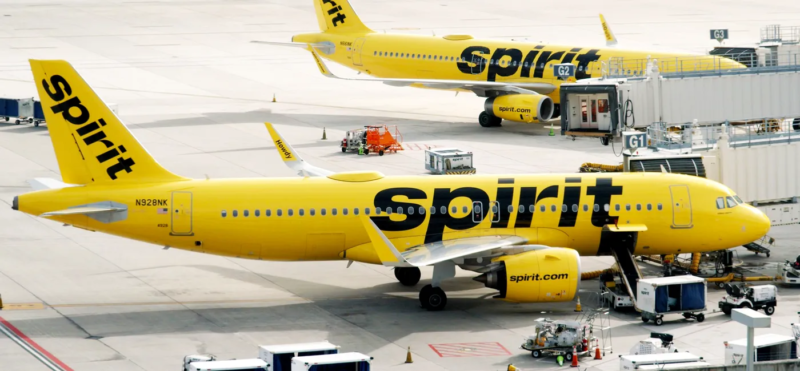Spirit Airlines’ Second Bankruptcy Filing Signals Industry Shake-Up

Spirit Airlines is under renewed financial pressure after filing for Chapter 11 bankruptcy protection again in late August—just months after emerging from its previous restructuring. The ultra-low-cost carrier is pursuing a court-approved overhaul designed to stabilize operations and boost revenue through aggressive cost-cutting, network downsizing, and operational realignment.
Judge Sean H. Lane has granted Spirit access to $275 million from its revolving credit facility, a critical lifeline intended to sustain operations while the company restructures. At the same time, the court approved Spirit’s first-day motions, ensuring continuity of key functions including ticketing, loyalty accounts, payroll, and vendor payments.
The airline will exit 11–12 major U.S. markets starting October 2, including Sacramento, San Diego, Oakland, San Jose, Portland, Salt Lake City, Boise, Birmingham, and Macon. Competitors are already moving in: United Airlines plans to add service to as many as 15 of Spirit’s markets, while Frontier Airlines is similarly expanding its footprint.
In contrast to Spirit’s court-driven restructuring, JetBlue and other carriers are pursuing proactive strategies to strengthen their operations without resorting to bankruptcy protection. JetBlue is simplifying its cost structure by retiring its Embraer E190 fleet and consolidating around larger, more efficient aircraft such as the Airbus A220 and A321neo, a move that reduces maintenance complexity and improves unit economics.
Frontier Airlines, another ultra-low-cost competitor, is aggressively expanding into markets vacated by Spirit while keeping its single-type Airbus fleet to maintain tight cost control. The major legacy carriers—Delta, United, and American—are also modernizing their fleets, but with far stronger balance sheets that allow them to invest in premium cabins, loyalty programs, and digital upgrades rather than slash networks.
Spirit’s focus on reducing fleet obligations, refining its route map, and reinforcing its low-cost model, combined with its tiered seating products like Spirit First, Premium Economy, and Value seats, shows an attempt to reposition within the ULCC segment under financial pressure. Taken together, these moves highlight a shifting U.S. airline landscape where nimble, well-capitalized carriers can exploit new opportunities while airlines under financial strain must restructure to survive.
Related News: https://airguide.info/?s=Spirit+Airlines
Sources: AirGuide Business airguide.info, bing.com, AirlineGeeks.com, reuters.com, wtoc.com
